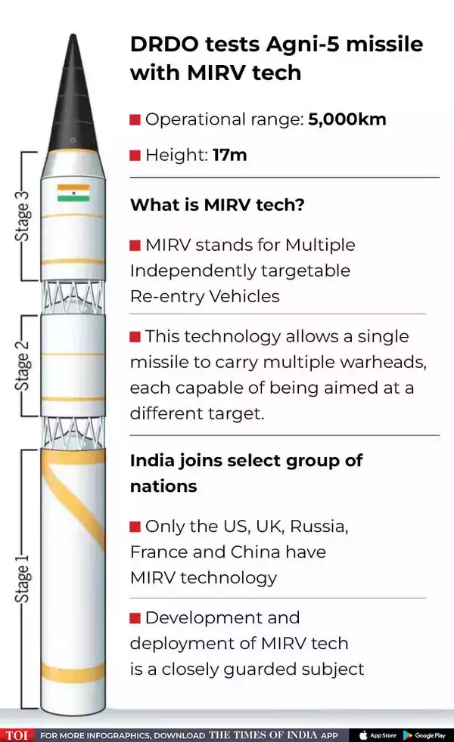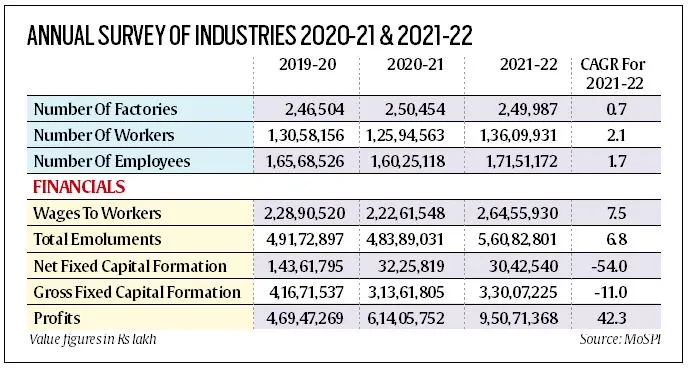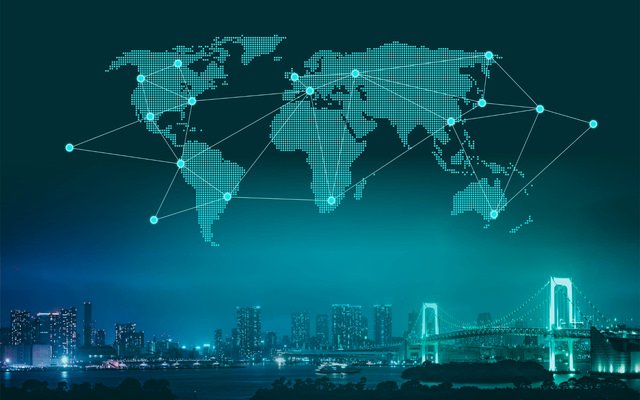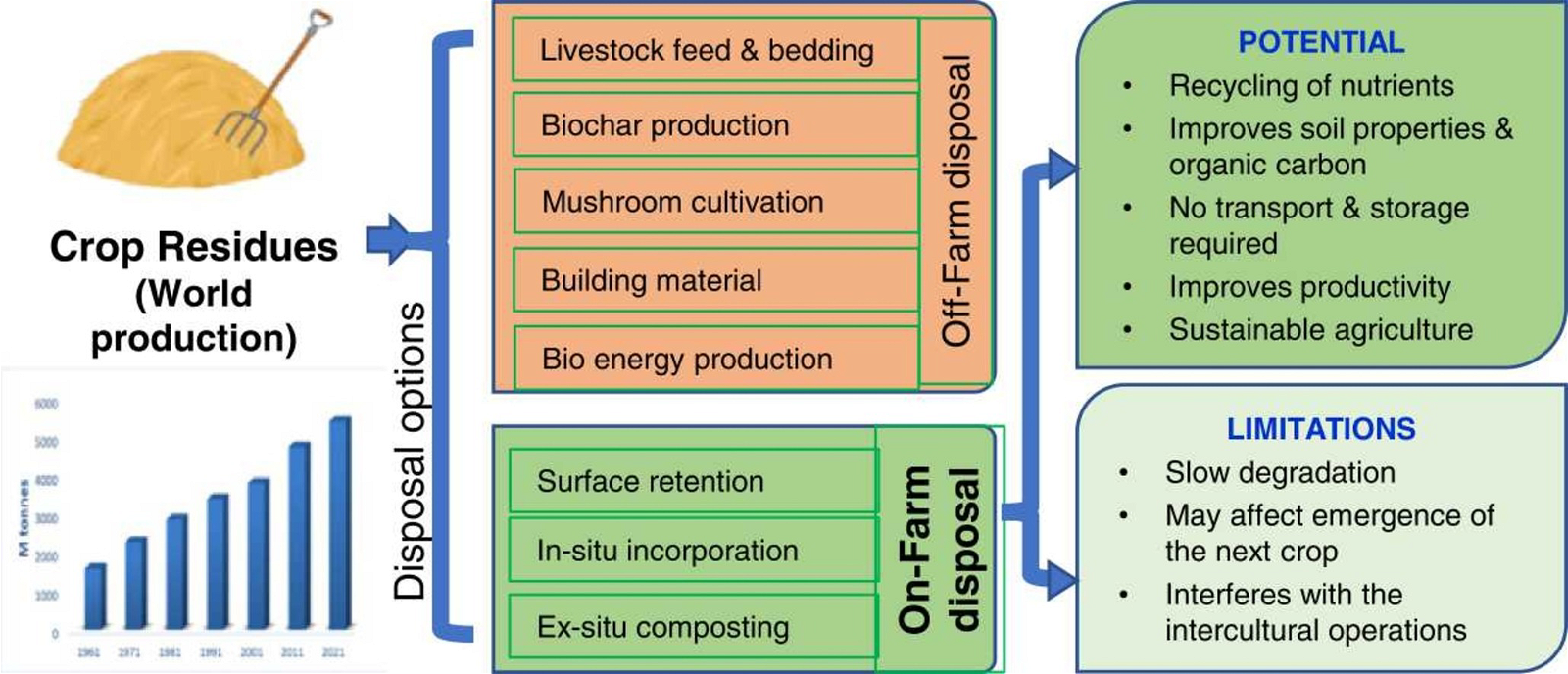
Agni 5 with MIRV technology
Subscribers of "Current Affairs" course can Download Daily Current Affairs in PDF/DOC
Subscribe to Never Miss an Important Update! Assured Discounts on New Products!
Must Join PMF IAS Telegram Channel & PMF IAS History Telegram Channel
- Context (IE | TH | HT | PIB | IE | IE): India declared the successful test of the indigenously developed Agni-5 missile on Monday. The test was named Mission Divyastra.
- The missile can carry multiple warheads, targeting multiple locations at the same time.
- The test was carried out from Dr APJ Abdul Kalam Island, off the coast of Odisha, which hosts India’s integrated missile test range.
- The project was steered by a woman scientist of DRDO, and it involved other women scientists too.
Agni missiles
- Agni missiles are the mainland-based delivery systems for India’s nuclear weapons.
- The initial Agni missiles were created in the 1990s and entered armed forces deployment in the mid-2000s.
- Ranging from Agni-1 to Agni-IV, these missiles cover distances between 700 to 3,500 km and carry single payloads weighing 12 to 40 kilotons.
- Agni-5, the latest version with MIRV technology, surpasses 5,000 km in range and could potentially reach the intercontinental range of 5,500 km and beyond.
- The next generation Agni-6 missile is currently under development.
Agni-5 missiles
- In 2007, India declared the development of Agni V.
- Agni-5 missiles are long-range missiles (5,000 km) created by DRDO.
- It uses a three-stage solid fuelled engine.
- It is capable of carrying nuclear warheads.
- It is aimed mainly at thwarting China’s challenge.
- The latest Agni variant features MIRV (Multiple Independently Targetable Re-entry Vehicle) technology.

MIRV technology
- The MIRV can target multiple targets that can be hundreds of kilometers apart with a single missile.
- Warheads on MIRVed missiles can be released from the missile at different speeds and in different directions.
- As of now, the United States, Russia, China, France and the United Kingdom are known to have MIRV-equipped missiles. India has now joined the club.
- Pakistan too has claimed to have tested an MIRV-equipped missile called Ababeel, first in 2017 and then in 2023.
- MIRV-equipped missiles have never been used so far in any conflict situation.
Advantages of MIRV technology
- Prevent an imbalance in land-based ballistic missile forces, as India has a limited number of missiles targeting Chinese cities.
- Ensure India doesn’t lag too far behind in establishing a credible sea-based nuclear deterrent, given China’s more advanced program for nuclear-powered ballistic missile submarines (SSBNs).
- MIRVs has the ability to penetrate missile defence systems. So it is seen as a hedge against the potential deployment of a ballistic missile defence system by China in the future.
- With its ability to inflict severe damage in a retaliatory strike it can act as a powerful deterrent to potential adversaries.
Agni P
Missile defense system
|




![PMF IAS Environment for UPSC 2022-23 [paperback] PMF IAS [Nov 30, 2021]…](https://pmfias.b-cdn.net/wp-content/uploads/2024/04/pmfiasenvironmentforupsc2022-23paperbackpmfiasnov302021.jpg)











